That glorious victory is recorded in the history of the nation as the most brilliant golden page, a shining symbol of the complete victory of the will “Nothing is more precious than independence and freedom”, of the courage and intelligence of the Vietnamese people. To create that victory is the combination of many factors, in which the most decisive factor is the correct and creative leadership of the Party.
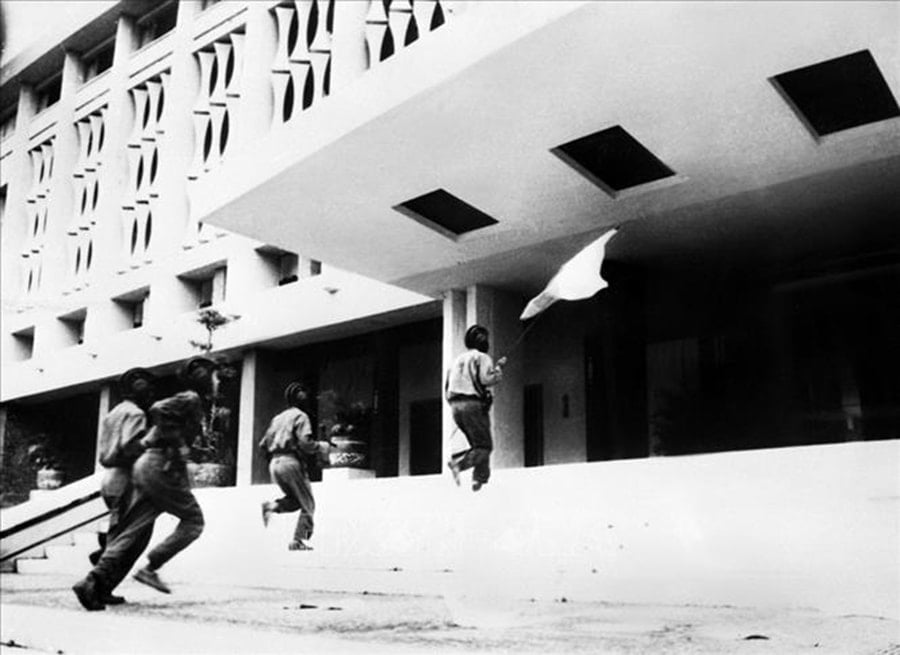
Correct path, creative method
Right from the beginning of the liberation of the South, in September 1954, the Politburo advocated for the broad unity of all democratic and peaceful forces, fighting to overthrow the Ngo Dinh Diem Government. By 1959, the 15th Conference of the Party Central Committee determined that the immediate task of the Southern revolution was to unite the entire people, resolutely fight against the invading and waging war against the US imperialists, overthrow the Ngo Dinh Diem clique, establish a national democratic coalition government in the South, and realize national independence and democratic freedoms...
This resolution determined the “strategic shift” from purely political struggle to political struggle combined with armed struggle, using revolutionary violence to fight against the enemy’s counter-revolutionary violence. From here, in the South, major battles began to break out leading to Dong Khoi in Ben Tre and quickly spread throughout the South, leading to the birth of the National Liberation Front of South Vietnam (December 20, 1960)…
In September 1960, the Resolution of the Third National Party Congress identified and pointed out the new enemy of our nation as the US imperialists and their lackeys; outlined two revolutionary strategies; urgently stabilized the situation, consolidated the North as a solid rear base, the center of leadership and direction of the revolution in the whole country; outlined the most correct and beneficial revolutionary struggle lines and methods; correctly resolved the relationship between liberating the South and building socialism in the North, between the Vietnamese revolution and the international revolution.
When the US imperialists switched to implementing the "special war" strategy, with the people's war line, the Party's fighting method and the policy of the National Liberation Front of South Vietnam, our army and people won many victories, forcing the US imperialists to consider sending US troops and allies to South Vietnam to directly participate in the war. In that situation, President Ho Chi Minh convened a special political conference (March 27, 1964). The conference expressed the determination to fight to protect the North, promote the war to liberate the South, and unify the Fatherland.
At the end of 1967, although the US continued to increase troops and war equipment to launch the third counter-offensive, it began to show signs of wavering and confusion. At that time, the Party leadership decided to deal a sudden, strong blow to the US imperialists' will to invade by choosing a dangerous strategic direction; using a new way of fighting to change the situation of the war with the Tet Offensive in 1968.
With correct judgments and early predictions, we prepared well and defeated the second destructive war in the North, notably defeating the strategic raid by B-52 aircraft of the US imperialists in the sky of Hanoi (December 1972), forcing the US to sign the Paris Agreement and withdraw all troops from South Vietnam.
At the twenty-first Conference (July 1973), the Party Central Committee issued a Resolution directing localities in the South to continue the path of revolutionary violence, creating momentum, creating forces, and creating opportunities to move forward to completely liberate the South. After more than a year of intensifying the armed struggle, directly supporting the political and military struggle, forcing the enemy to implement the Paris Agreement and stopping their plan to "flood the territory", we outlined the plan to attack in the 1974-1975 dry season, moving towards a general offensive and uprising.
Under the leadership of the Party, in July 1974, the General Staff drafted a plan to liberate the South. In October and December 1974, the Politburo, the Central Military Commission and the Southern Command met to discuss the determination and plan to liberate the South in the two years 1975-1976 and expected: If the opportunity came in early or late 1975, the South would be liberated immediately in 1975.
Faced with the revolutionary situation and taking advantage of the opportunity, our Party decided to launch the Central Highlands Campaign with the strategic breakthrough of Buon Ma Thuot (March 10, 1975). With this victory, the Politburo and the Central Military Commission promptly added their determination to liberate the South in 1975. After Hue was liberated (March 26, 1975), Da Nang was liberated (March 29, 1975), by April 3, 1975, we had completely liberated the coastal plain provinces of the Central region. Then, on April 8, 1975, at the Regional Command Headquarters, the Politburo's Resolution to establish the Saigon - Gia Dinh Liberation Campaign Command (later named the Ho Chi Minh Campaign) was announced. The Ho Chi Minh Campaign began on April 26, 1975. At 11:30 a.m. on April 30, 1975, the flag of the National Liberation Front of South Vietnam flew on top of the Independence Palace.
Victory of the great national unity bloc
Throughout the Party's revolutionary leadership, especially during the resistance war against the US to save the country, our Party and people have united into a solid bloc with extremely strong ties.
That blood relationship had a strong and profound impact on all classes, strata of people and ethnic groups in both the North and the South. As soon as the Geneva Agreement (1954) was signed, our country was temporarily divided into two regions, but the Ben Hai River border could only temporarily separate our people geographically, it absolutely could not separate the blood relationship and solidarity of the people of the two regions.
Thanks to the Party's creativity, the Vietnam Fatherland Front and the National Liberation Front of South Vietnam were established, gathering the entire nation's forces, aiming at the invading American imperialists and their reactionary lackeys. The Northern people were deeply concerned with the pain of the Southern people, always looking for ways to "share the fire", effectively supporting human and material resources with the spirit of "not a pound of rice missing, not a soldier missing" for the Southern frontline to fight the Americans.
The Southern people always looked to the great rear in the North - the source of strength. As a result, the total social product in 1974 increased 1.3 times compared to 1965; total food output increased by 750,000 tons; the value of total industrial output increased 1.5 times, the mechanical industry alone increased 2 times... This was truly a solid guarantee for the Northern rear to provide more support to the Southern front.
In particular, when the “once in a thousand years” opportunity appeared, the Politburo and the Central Executive Committee decided to establish the Battlefield Support Council chaired by Prime Minister Pham Van Dong (March 1975), immediately 238,646 officers and soldiers quickly marched to the battlefield. That is not to mention hundreds of thousands of other young men and women participating in the youth volunteer force, frontline laborers, directly serving in combat and fighting...
Thanks to the flesh-and-blood relationship between the Party and the people and thanks to the Party's leadership, the great national unity bloc has been constantly consolidated and increasingly developed. 54 ethnic groups have united together to make the cause of building the great national unity bloc a success. Thanks to that, we not only have absolute political and spiritual superiority over the US - puppet, but also create overwhelming power over them in terms of force in necessary times, typically in the General Offensive and Uprising in the Spring of 1975.
The great victory in the spring of 1975 as well as the complete victory of the resistance war against the US to save the country was a great achievement of the strength of great national unity in the Ho Chi Minh era. To promote that lesson, since the great victory until now, our Party has constantly supplemented and perfected the viewpoints, awareness, content and measures to build and promote the great national unity bloc in the new conditions. That is to regularly take care of the Party building work, attach importance to building a strong Party in terms of politics, ideology, organization and ethics; improve the comprehensive leadership capacity and fighting strength of Party organizations; and regularly consolidate the relationship between the Party and the people.
To continue promoting the value of the lesson of great national unity in the current situation, the Party must rely on the people, the people must wholeheartedly follow the Party; must strengthen the people's inspection and supervision activities towards the Party and the Party needs to expand democracy, regularly exchange and dialogue with the people in many forms. The Party needs to have a synchronous system of policies on social security, especially on hunger eradication and poverty reduction so that all people not only enjoy the fruits of the renovation process, but also constantly strengthen their trust in the Party and the regime.
Source: https://hanoimoi.vn/ky-niem-50-nam-ngay-giai-phong-mien-nam-thong-nhat-dat-nuoc-30-4-1975-30-4-2025-nhung-dau-moc-lich-su-cua-dai-thang-mua-xuan-nam-1975-bai-cuoi-su-lang-dao-cua-dang-nhan-to-quyet-dinh-698210.html


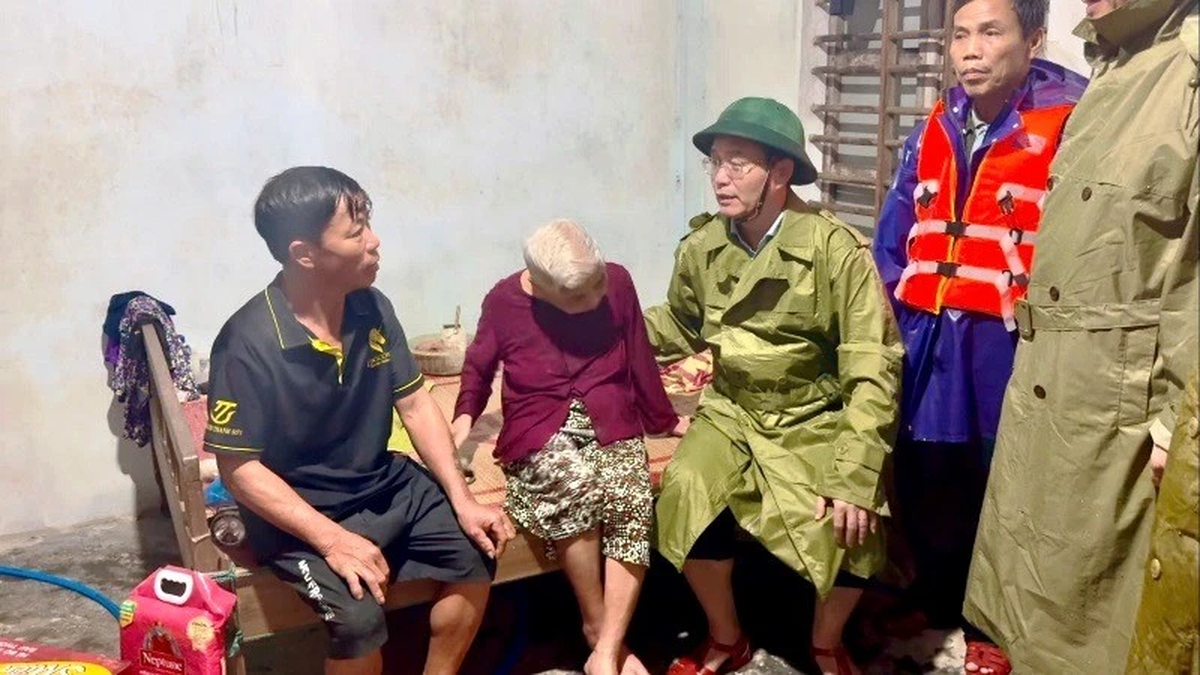
![[Photo] Prime Minister Pham Minh Chinh chaired a meeting to evaluate the operation of the two-level local government model.](https://vphoto.vietnam.vn/thumb/1200x675/vietnam/resource/IMAGE/2025/10/29/1761751710674_dsc-7999-jpg.webp)

![[Photo] Human love in the flood in Hue](https://vphoto.vietnam.vn/thumb/1200x675/vietnam/resource/IMAGE/2025/10/29/1761740905727_4125427122470875256-2-jpg.webp)

![[Photo] Hue: Inside the kitchen that donates thousands of meals a day to people in flooded areas](https://vphoto.vietnam.vn/thumb/1200x675/vietnam/resource/IMAGE/2025/10/29/1761738508516_bepcomhue-jpg.webp)
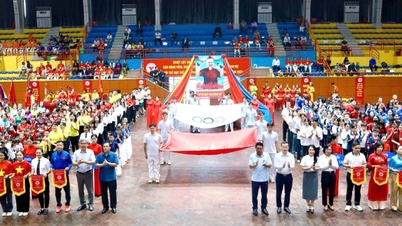
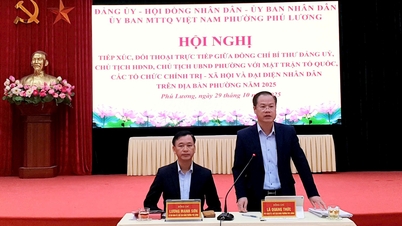
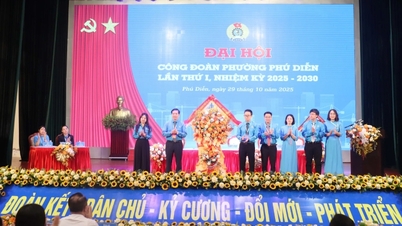
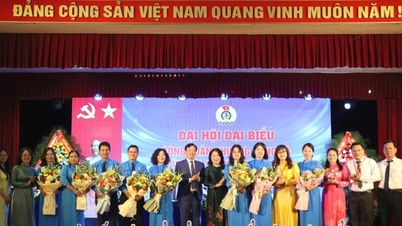


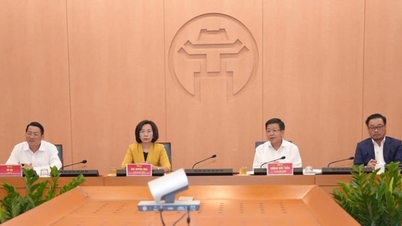




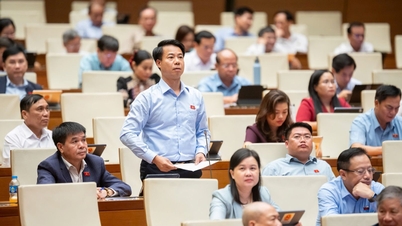
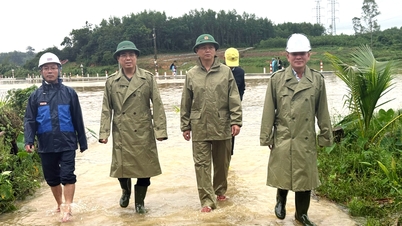
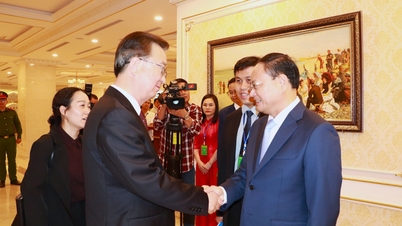
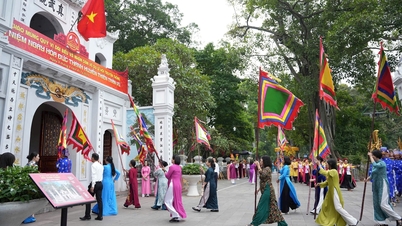

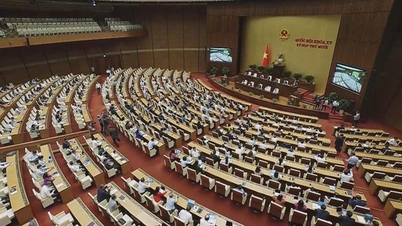
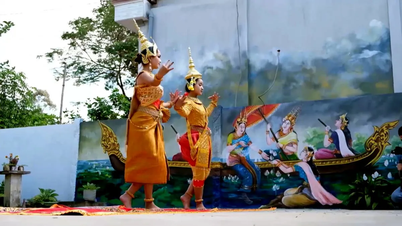



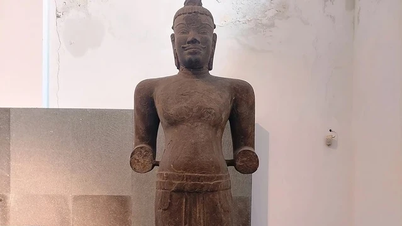

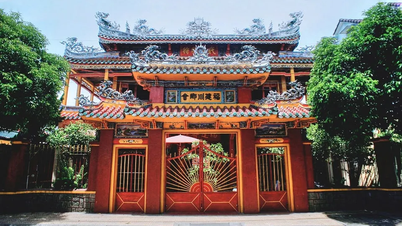
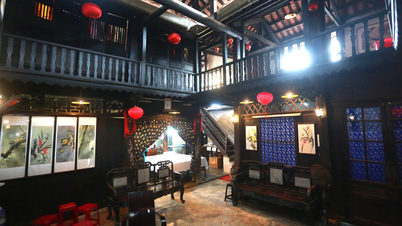

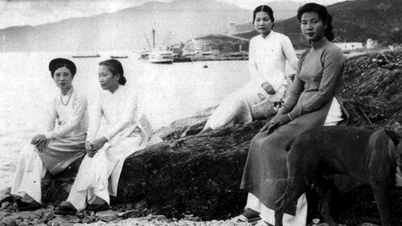

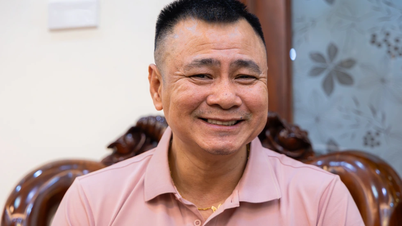
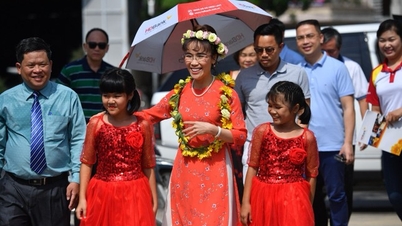

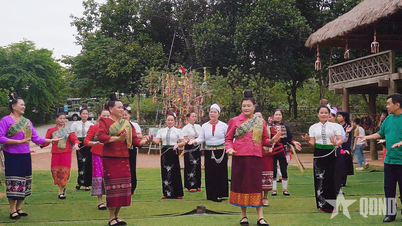



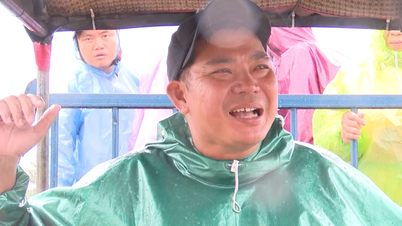


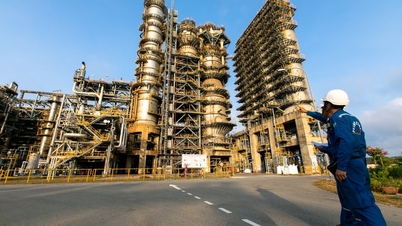
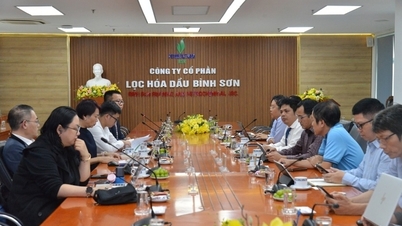
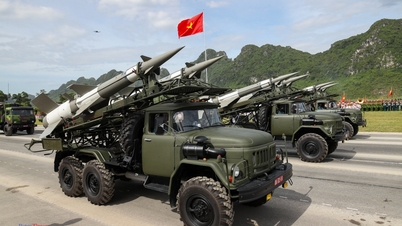

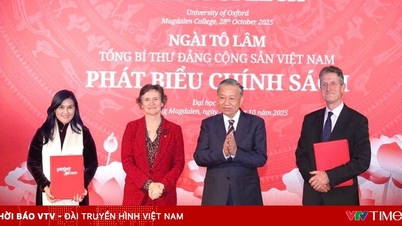









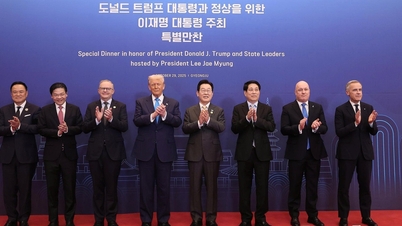


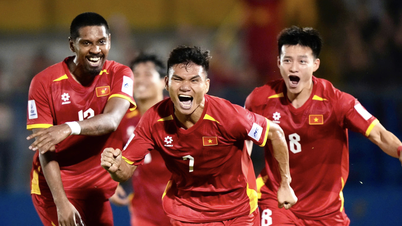
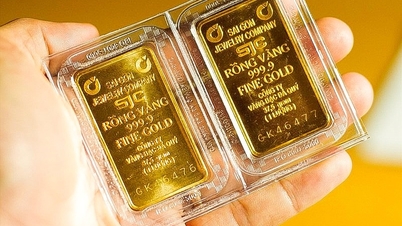
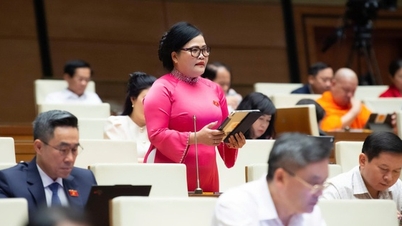

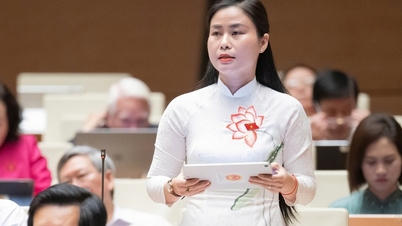

![[Live] Concert Ha Long 2025: "Heritage Spirit - Brightening the Future"](https://vphoto.vietnam.vn/thumb/402x226/vietnam/resource/IMAGE/2025/10/29/1761743605124_g-anh-sang-am-thanh-hoanh-trang-cua-chuong-trinh-mang-den-trai-nghiem-dang-nho-cho-du-khach-22450328-17617424836781829598445-93-0-733-1024-crop-1761742492749383512980.jpeg)
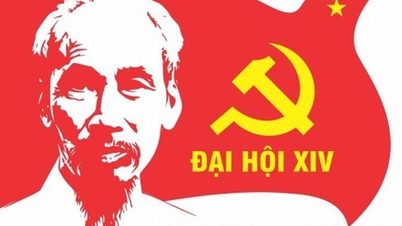
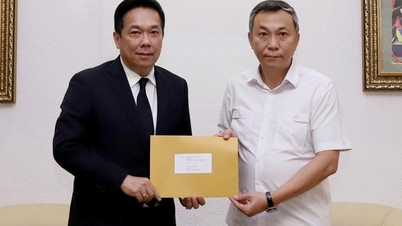
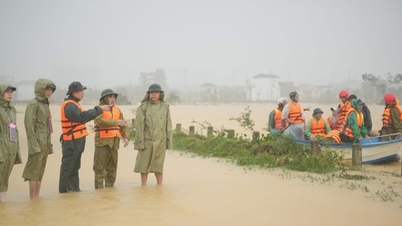

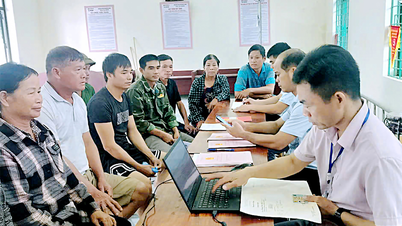

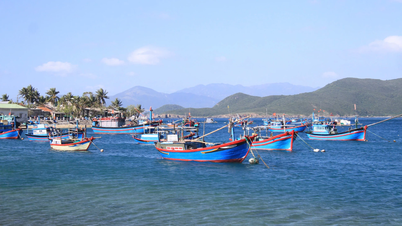

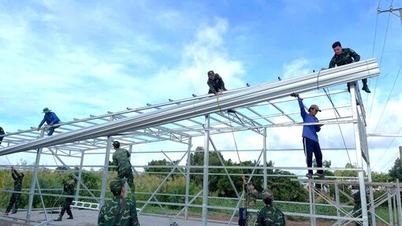

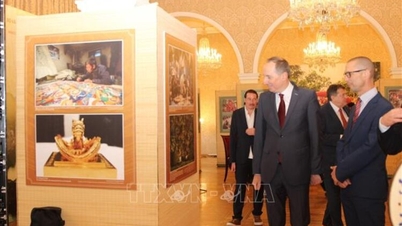














Comment (0)